Large Vestibular Aqueduct Syndrome Radiology
Large vestibular aqueduct syndrome radiology. Hearing loss may be sudden. We present a case of paediatric enlarged vestibular aqueduct syndrome and demonstrate how high resolution CT of temporal bones and MR imaging aid the diagnosis. 4Department of Radiology Marmara University Pendik Training and Research Hospital Mimar Sinan Caddesi No.
CT is an excellent technique for depicting the cochlear modiolus. To compare audiologic results according to vestibular aqueduct VA diameter in patients who have undergone cochlear implantation and were diagnosed with LVAS. Large vestibular aqueduct syndrome LVAS is thought to be one of the most common congenital causes of sensorineural hearing loss SNHL.
It was diagnosed LVAS by CT and MRI. Large vestibular aqueduct syndrome is one of the most common anomalies seen in patients with congenital sensorineural hearing loss SNHL and is the most commonly identified radiologic anomaly on cross-sectional imaging of the inner ear. The prevalence of LVAS is estimated to be as high as 15 of pediatric SNHL 2.
Large vestibular aqueduct syndrome Clinical presentation. Large vestibular aqueduct syndrome is the presence of congenital sensorineural hearing loss SNHL in combination with an enlarged vestibular aqueduct. The horizontal semicircular canal is the last canal to form and often the first to go in terms of development.
To describe the additional inner ear anomalies on CT imaging in pediatric patients with LVAS and to investigate the lateral semicircular canal LSCC anomalies associated with LVAS by measurement of the LSCC. The term was first discovered in 1791 by Mondini when he was completing a temporal bone dissection. Results suggest that all ears with a large vestibular aqueduct have associated cochlear modiolar deficiencies.
Sensorineural hearing loss starts in childhood and is progressive 4. The large vestibular aqueduct syndrome LVAS is characterized by the presence of an abnormally large vestibular aqueduct LVA generally associated with fluctuating progressive sensorineural hearing loss SNHL often with sudden stepwise onset or progression secondary to activities involving minor head trauma large sudden shifts of barometric pressure the Valsalva. Large vestibular aqueduct syndrome.
In 1978 Valvassori and Clemis made the first description of the LVAS with polytomography. It is usually sudden after head trauma or progressive during childhood.
We report an 18-year-old girl who had enlarged vestibular aqueduct VA on computed tomography CT and magnetic resonance MR imaging.
Large vestibular aqueduct is a structural deformity of the inner ear. The horizontal semicircular canal is the last canal to form and often the first to go in terms of development. Large vestibular aqueduct syndrome LVAS is an uncommon disorder that manifest as progressive sensorineural hearing loss starting in infancy early childhood and less commonly in adolescence. The large vestibular aqueduct syndrome LVAS is characterized by the presence of an abnormally large vestibular aqueduct LVA generally associated with fluctuating progressive sensorineural hearing loss SNHL often with sudden stepwise onset or progression secondary to activities involving minor head trauma large sudden shifts of barometric pressure the Valsalva. Large vestibular aqueduct syndrome LVAS is thought to be one of the most common congenital causes of sensorineural hearing loss SNHL. Enlarged vestibular aqueduct syndrome also known as large endolymphatic duct and sac syndrome is one of the commonest radiological abnormalities of the inner ear. Semicircular canal anomalies are common in LVAS. Results suggest that all ears with a large vestibular aqueduct have associated cochlear modiolar deficiencies. Large vestibular aqueduct syndrome is one of the most common anomalies seen in patients with congenital sensorineural hearing loss SNHL and is the most commonly identified radiologic anomaly on cross-sectional imaging of the inner ear.
Large vestibular aqueduct syndrome LVAS is thought to be one of the most common congenital causes of sensorineural hearing loss SNHL. Semicircular canal anomalies are common in LVAS. Large vestibular aqueduct syndrome or large endolym- CT examination was performed by using a Hi Speed phatic duct and sac syndrome is a rare form of the inner CT scanner GE Medical Systems Milwaukee Wisconsin ear malformations that manifest as progressive sensorineural USA. Large vestibular aqueduct syndrome is one of the most common anomalies seen in patients with congenital sensorineural hearing loss SNHL and is the most commonly identified radiologic anomaly on cross-sectional imaging of the inner ear. Large vestibular aqueduct syndrome is the presence of congenital sensorineural hearing loss SNHL in combination with an enlarged vestibular aqueduct. Sensorineural hearing loss starts in childhood and is progressive 4. It is usually sudden after head trauma or progressive during childhood.



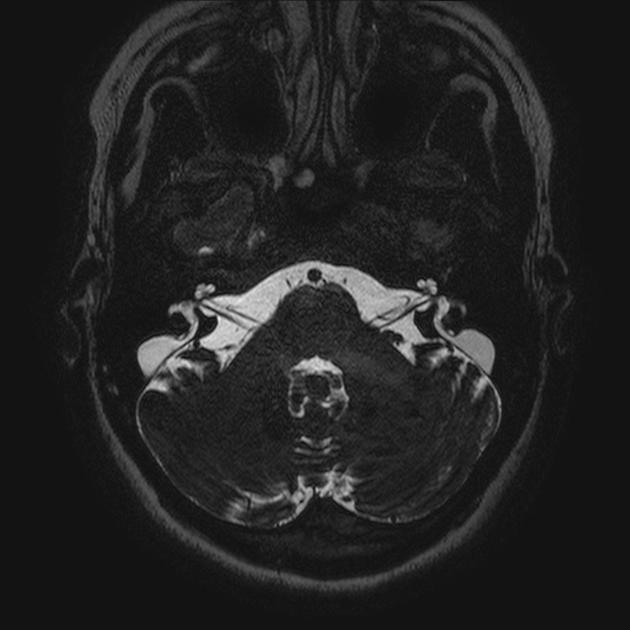


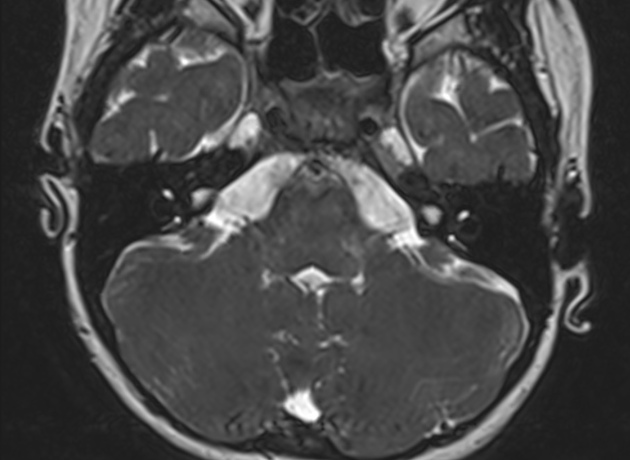



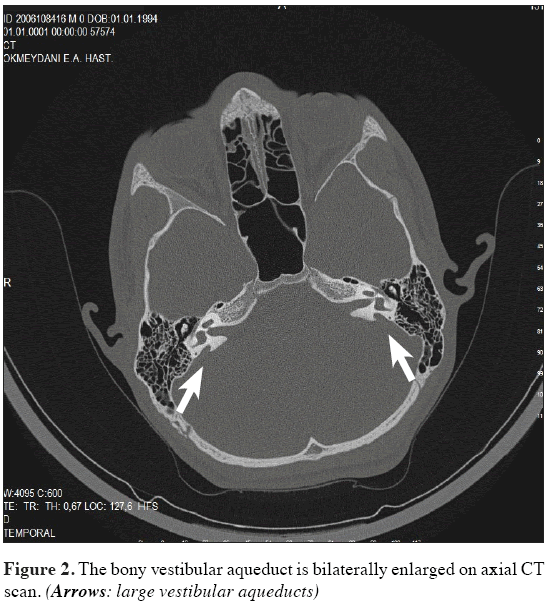






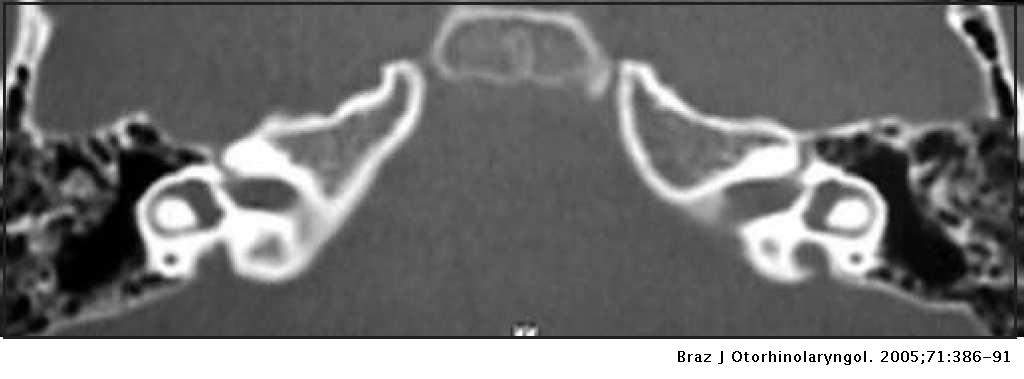

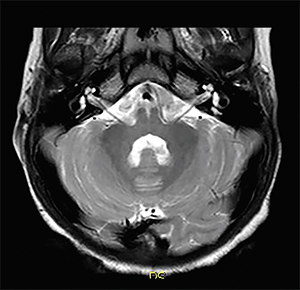
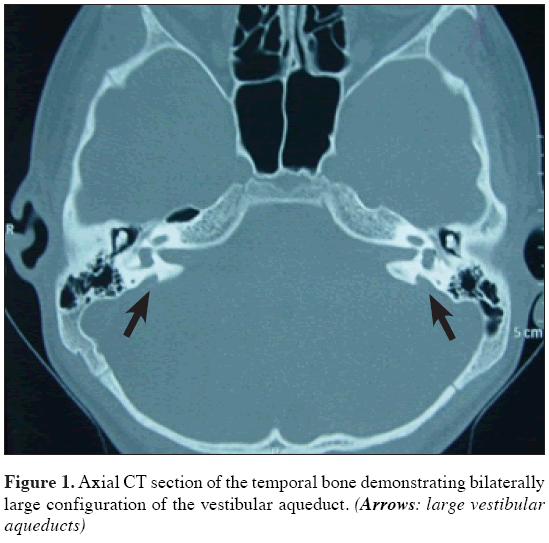





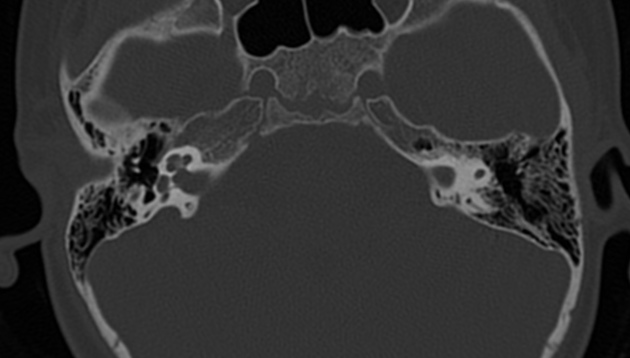






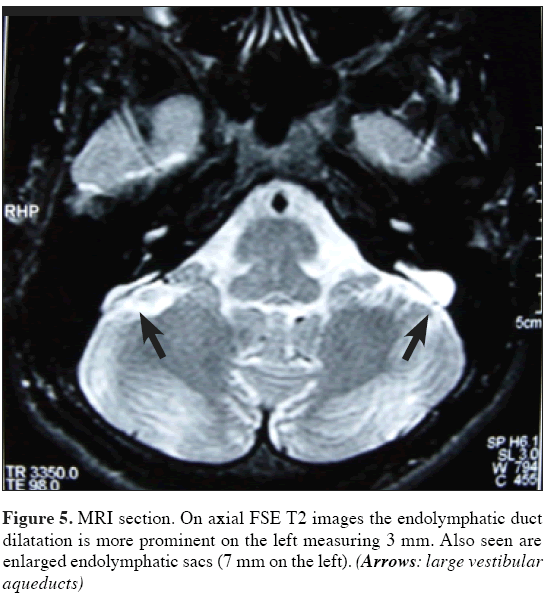
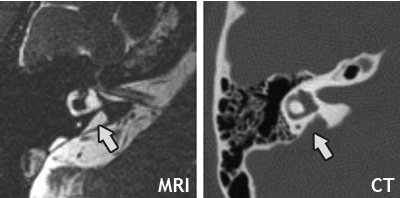



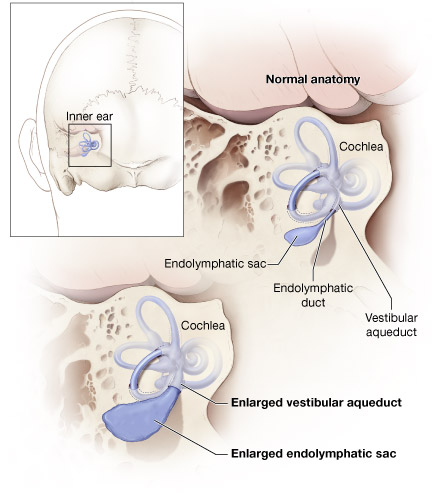


Post a Comment for "Large Vestibular Aqueduct Syndrome Radiology"